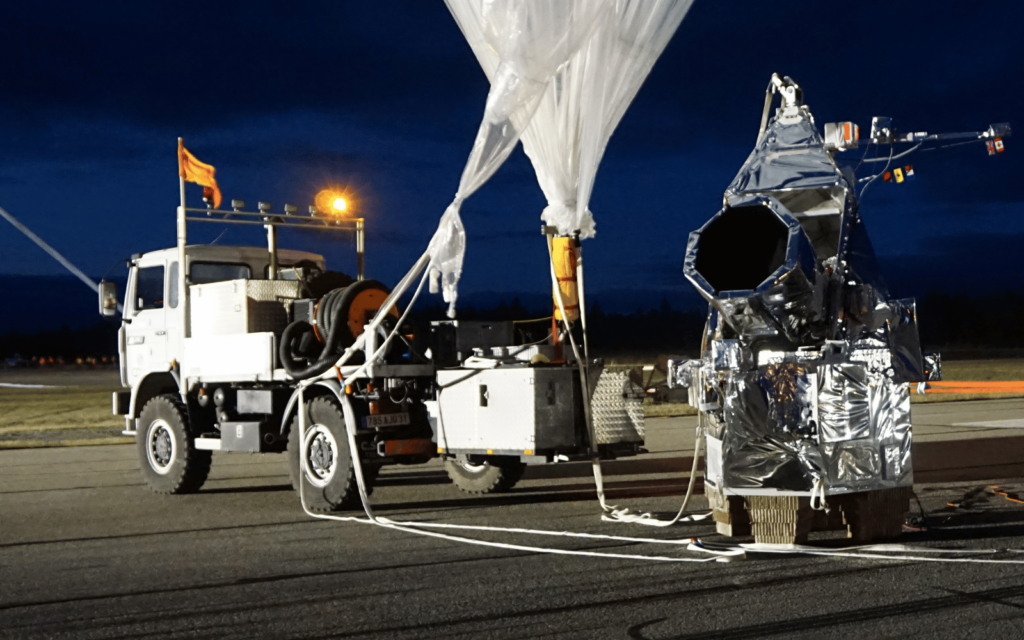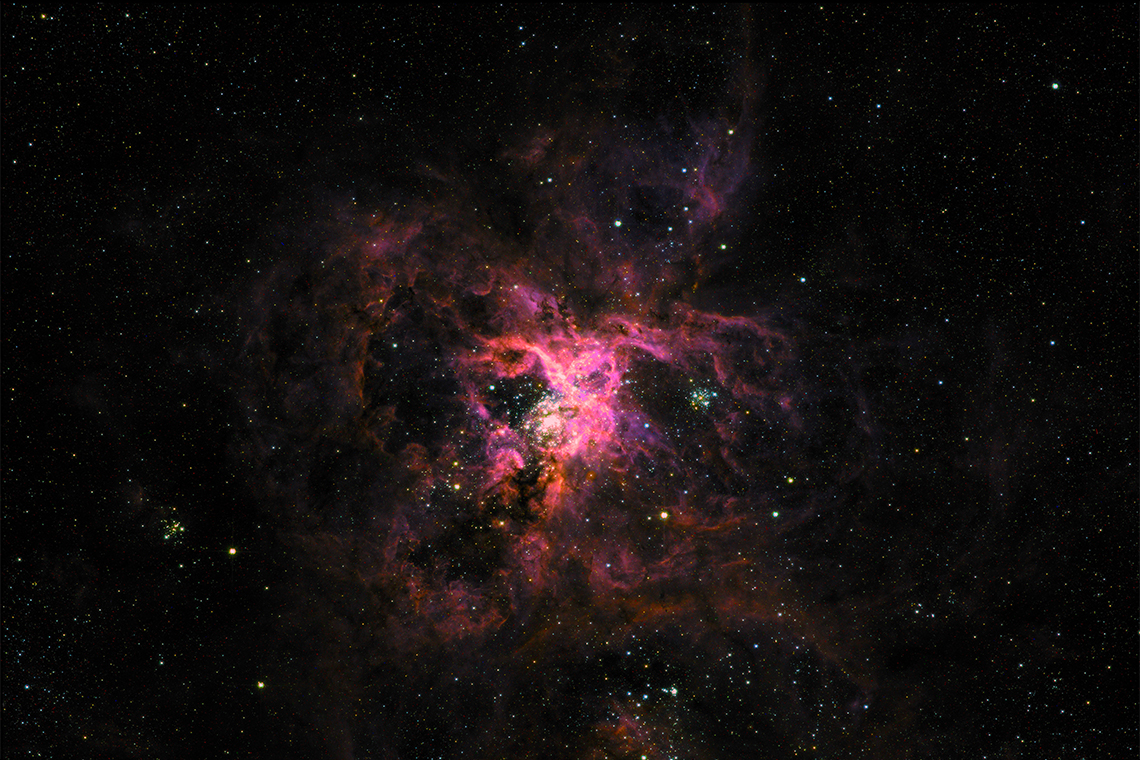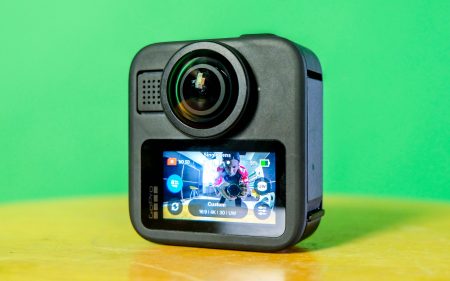When you think of space telescopes, the SuperBIT program from the University of Toronto in Canada probably doesn’t come to mind. The Hubble, sure. The James Webb Space Telescope, absolutely. But the Canadian program is a little more… low-tech.
Specifically, the Super-pressure Balloon-borne Imaging Telescope is a space telescope that doesn’t need a rocket to head out of the atmosphere. That much is obvious from its full title. Instead, the “0.5 m, wide-field, diffraction-limited” telescope is mounted under a massive NASA-made super-pressure balloon at a height of about 33km. As technological solutions go, it’s a little… Eighteenth Century.
SuperBIT of a cool idea
Despite this fact, the SuperBIT telescope has sent back its first images of space. Specifically, the Tarantula Nebula (above, left) and a collision between two galaxies (designated NGC 4038 and NGC 4039) known as the Antennae (above, right). Much of its work will not be quite as visually stunning as these images, however.
The program is intended to help study dark matter in the universe. This is a theoretical substance that is exceedingly difficult to detect, which is why there is such an intense search for it. SuperBIT’s attempt, a collaboration between the University of Toronto, Princeton and Durham Universities, and NASA, seeks to “…test whether dark-matter particles can bounce off each other, by mapping the dark matter around clusters of galaxies that are colliding with neighbouring galaxy clusters.”
Read More: Building telescopes on the Moon could transform astronomy – and it’s becoming an achievable goal
Operating a balloon-lofted space telescope, which functions above most of the planet’s atmosphere, offers the potential to conduct science on a budget. More or less. Ajay Gill, of the David A. Dunlap Department of Astronomy and Astrophysics, said “A successful SuperBIT launch paves the way to a future in which individual academic institutions are able to design, develop and operate world-class space instruments at a low cost, while also providing the training opportunity for instrument development and data analysis for the students.”





